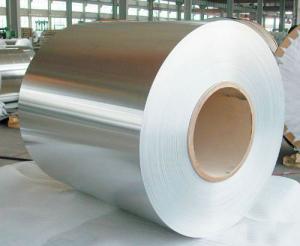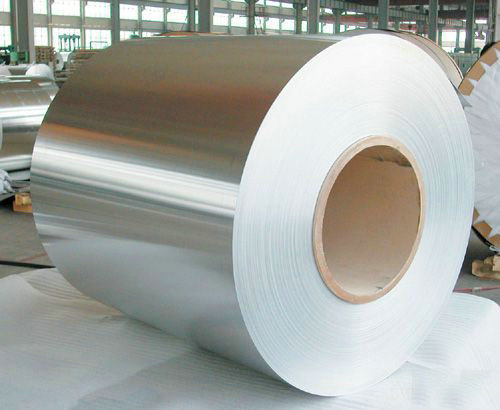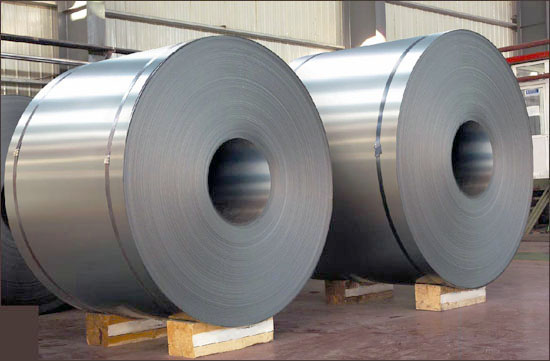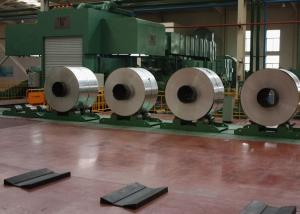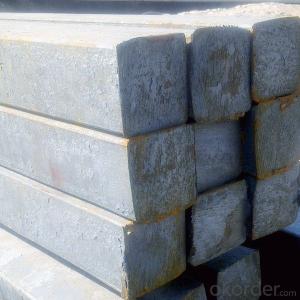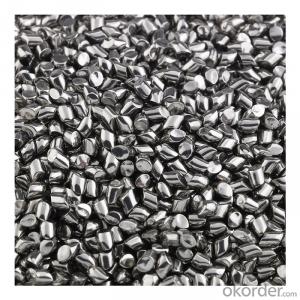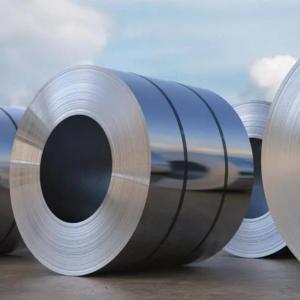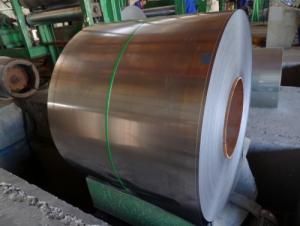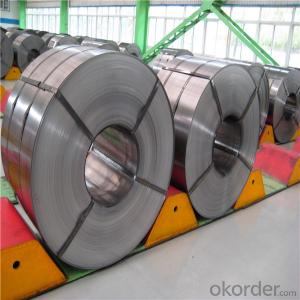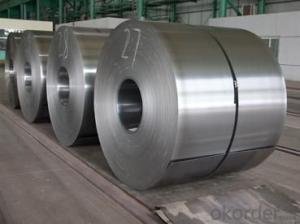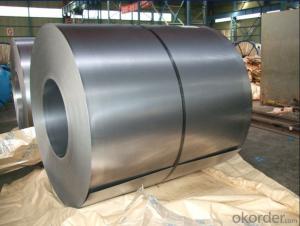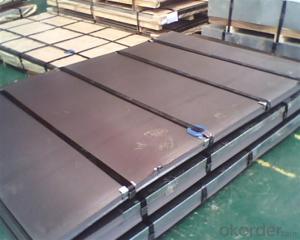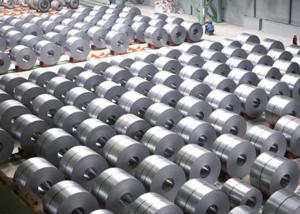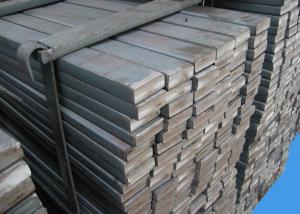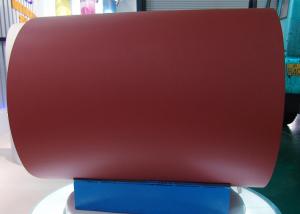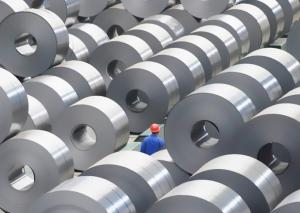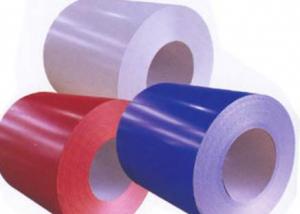COLD ROLLED STEEL COIL-DC01--High Strength
- Loading Port:
- China main port
- Payment Terms:
- TT OR LC
- Min Order Qty:
- 50 m.t.
- Supply Capability:
- 10000 m.t./month
OKorder Service Pledge
OKorder Financial Service
You Might Also Like
COLD ROLLED STEEL COIL-DC01--High Strength
1.Brief Introduction
Cold Rolled Steel is steel thathas been worked below its recrystallization temperature by passing it between apair of rollers. Recrystallization temperature is the temperature at whichgrains in the lattice structure of the metal have been rearranged, leaving it freeof strain and deformations. Cold Rolled Steel is pre-treated before being coldrolled with a process known as pickling, which uses strong acids to removescale and other impurities. The Cold Rolled Steel is then passed throughrollers to reduce its thickness. Most cold rolling takes place in multiplepasses and as the size of the Cold Rolled Steel is further reduced, itsstrength and hardness both increase, but its ductility decreases. After coldrolling, heating the metal up in a process known as annealing can restore someof its ductility. The final Cold Rolled Steel may be manufactured in the formof sheets, strips, bars, or other forms.
2.Application
It’s widely used in outdoor andinterior decoration, furnishing manufacturing, home appliance, automobile etc.
3.Main Specification
COLD ROLLED STEEL | |
THICKNESS | 0.4-2MM |
WIDTH | 600-1250MM |
SHEET LENGTH | 0-6000MM |
COIL ID | 508MM OR 610MM |
SURFACE TREATMENT | MATT FINISH/BRIGHT FINISH, OILED/DRY |
ANNEALING METHODS | BRIGHT ANNEAL/BLACK ANNEAL |
COIL WEIGHT | 1-25MT |
4.Package & Delivery
Package details: Standardseaworthy packing for international delivery.
Delivery: According to theexact quantity of your order.
5.Cold Rolled Steel Images
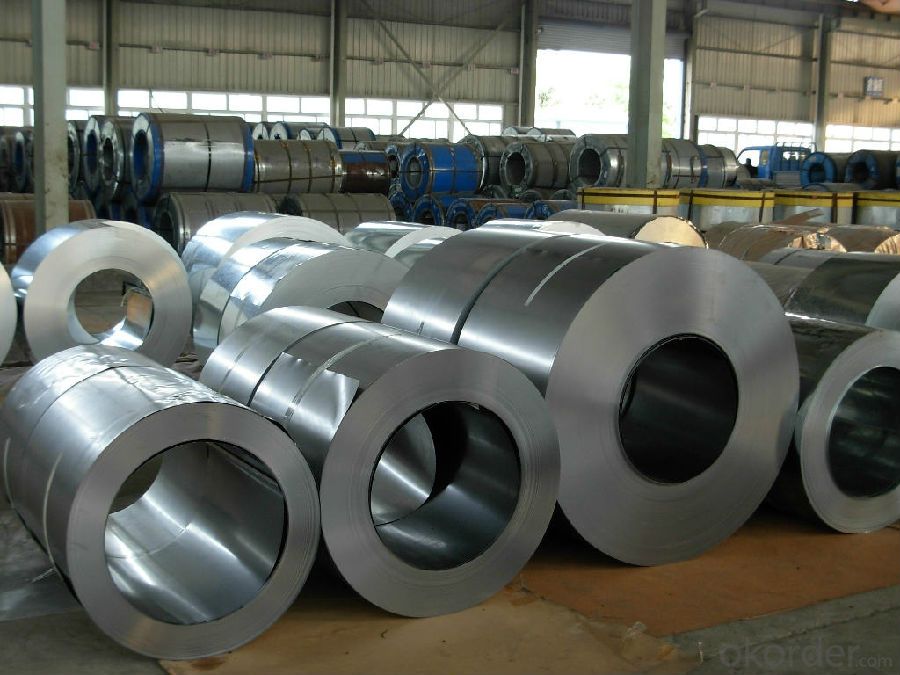
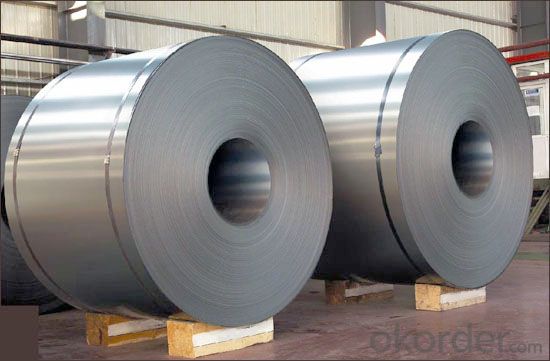
6.Advantage
1. High Quality SurfaceFinish
2. High Dimensional Precision
3. Excellent mechanicalproperty
7. FAQ
1.How to guarantee the quality of the products?
We have established the international advanced quality management system,every link from raw material to final product we have strict quality test;We resolutely put an end to unqualified products flowing into the market. At the same time, we will provide necessary follow-up service assurance.
2. How long can we receive the product after purchase?
Usually within thirty working days after receiving buyer’s advance payment or LC. We will arrange the factory manufacturing as soon as possible. The cargo readiness usually takes 15-25 days, but the shipment will depend on the vessel situation.
- Q: How is steel used in the production of amusement park rides?
- Steel is commonly used in the production of amusement park rides due to its strength and durability. It is used to build the framework and support structures of the rides, ensuring their stability and safety. Steel is also used to create the tracks, loops, and other intricate components that make up the thrilling elements of these rides. Additionally, steel is utilized in the manufacturing of roller coaster cars and other ride vehicles, providing a safe and enjoyable experience for riders.
- Q: How is steel used in the manufacturing of oil and gas pipelines?
- Steel is commonly used in the manufacturing of oil and gas pipelines due to its strength, durability, and resistance to corrosion. It is used to construct the main body of the pipeline, providing a secure channel for the transportation of oil and gas over long distances. The steel pipes are welded together to form a continuous pipeline, ensuring the integrity and safety of the system. Additionally, steel is often coated with protective layers to further enhance its resistance to corrosion and external damage.
- Q: What are the different types of steel tanks and their applications in the pharmaceutical industry?
- There are several types of steel tanks used in the pharmaceutical industry. Some common examples include stainless steel tanks, carbon steel tanks, and alloy steel tanks. Stainless steel tanks are widely used due to their corrosion resistance, making them suitable for storing and processing different pharmaceutical products. Carbon steel tanks are often used for bulk storage of non-corrosive liquids or dry materials. Alloy steel tanks, on the other hand, are used for specialized applications that require specific properties such as high strength or resistance to extreme temperatures. Overall, these steel tanks play a crucial role in the pharmaceutical industry by ensuring the safe and efficient storage and processing of various pharmaceutical products.
- Q: How does steel sheet metal bending and forming work?
- Steel sheet metal bending and forming works by applying force to the metal sheet, causing it to deform and take the desired shape. This is achieved through various methods such as press brakes or rollers, which exert pressure on the sheet to create bends, curves, or other desired forms. The process may involve multiple steps, including pre-bending, bending, and post-bending operations, to achieve the desired final shape.
- Q: How is steel pipe coated for underground gas pipelines?
- Steel pipe is coated for underground gas pipelines using a process called fusion bonded epoxy (FBE) coating. In this process, the steel pipe is preheated, and then an electrically charged epoxy powder is sprayed onto the heated pipe. The powder melts and fuses with the steel, creating a strong and durable coating that protects the pipe from corrosion and damage caused by underground elements.
- Q: What are the different types of steel building systems?
- There are several different types of steel building systems, including pre-engineered metal buildings, steel frame buildings, steel arch buildings, and rigid frame buildings. Each type has its own unique characteristics and advantages, catering to different construction needs and requirements.
- Q: How is steel used in the manufacturing of machinery and equipment?
- Steel is commonly used in the manufacturing of machinery and equipment due to its strength, durability, and versatility. It is used to fabricate various components, such as frames, shafts, gears, and casings, that require high strength and resistance to wear and tear. Additionally, steel's malleability allows for easy shaping and forming, making it suitable for complex machinery designs. Its ability to withstand extreme temperatures and pressures further enhances its utility in the manufacturing process.
- Q: What are the applications of steel forgings in the automotive industry?
- Steel forgings have a wide range of applications in the automotive industry. They are commonly used in critical components such as engine parts, transmission gears, steering systems, suspension components, and axles. Steel forgings offer exceptional strength, durability, and resistance to wear and tear, making them ideal for withstanding the demanding conditions of automotive operations. Additionally, their precise shaping and dimensional accuracy contribute to improved performance, safety, and fuel efficiency in vehicles.
- Q: What are the applications of stainless steel in the food industry?
- Stainless steel is widely used in the food industry due to its numerous beneficial properties. It is commonly used for equipment and surfaces that come into contact with food, such as food processing machinery, countertops, sinks, and storage containers. Stainless steel is preferred in the food industry because it is corrosion-resistant, easy to clean and maintain, and highly hygienic. It does not react with food or alter its taste, ensuring the integrity and safety of the products. Additionally, stainless steel is durable, heat-resistant, and can withstand extreme temperatures, making it suitable for a wide range of food processing applications.
- Q: What are the different types of steel sheets and their uses in the automotive industry?
- There are various types of steel sheets used in the automotive industry, including hot-rolled, cold-rolled, galvanized, and advanced high-strength steel (AHSS) sheets. Hot-rolled steel sheets are commonly used for structural components due to their high strength and durability. Cold-rolled steel sheets, on the other hand, are preferred for body panels and other parts requiring excellent surface finish and dimensional accuracy. Galvanized steel sheets are coated with a layer of zinc, making them highly resistant to corrosion and ideal for automotive body panels. Lastly, AHSS sheets are specifically designed to provide superior strength while reducing weight, thereby enhancing fuel efficiency and safety in vehicles.
Send your message to us
COLD ROLLED STEEL COIL-DC01--High Strength
- Loading Port:
- China main port
- Payment Terms:
- TT OR LC
- Min Order Qty:
- 50 m.t.
- Supply Capability:
- 10000 m.t./month
OKorder Service Pledge
OKorder Financial Service
Similar products
Hot products
Hot Searches
Related keywords
